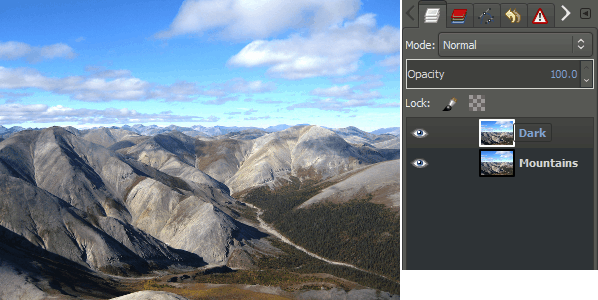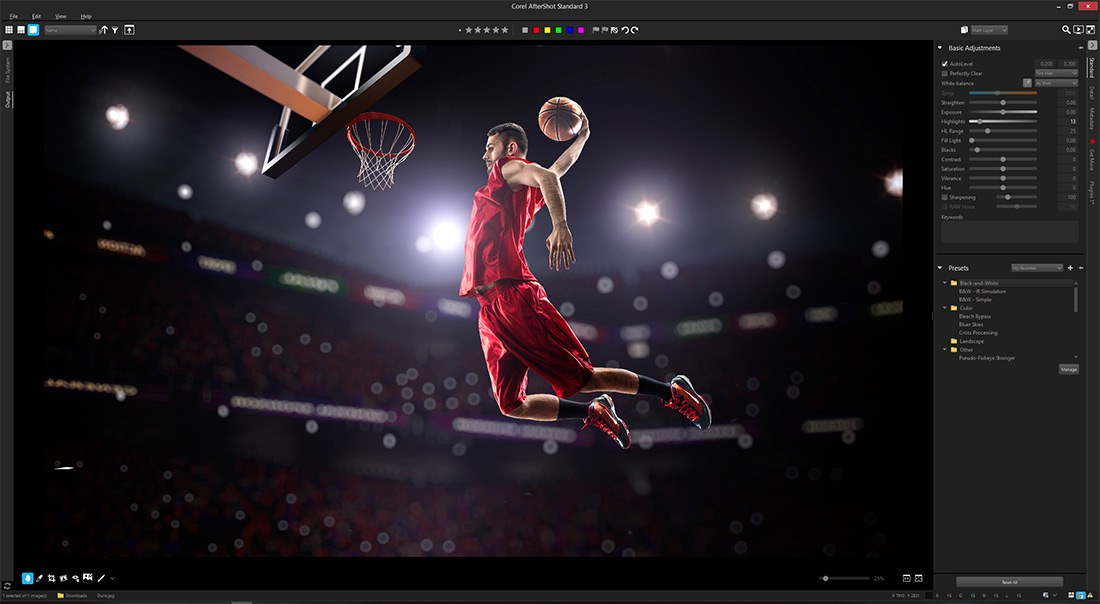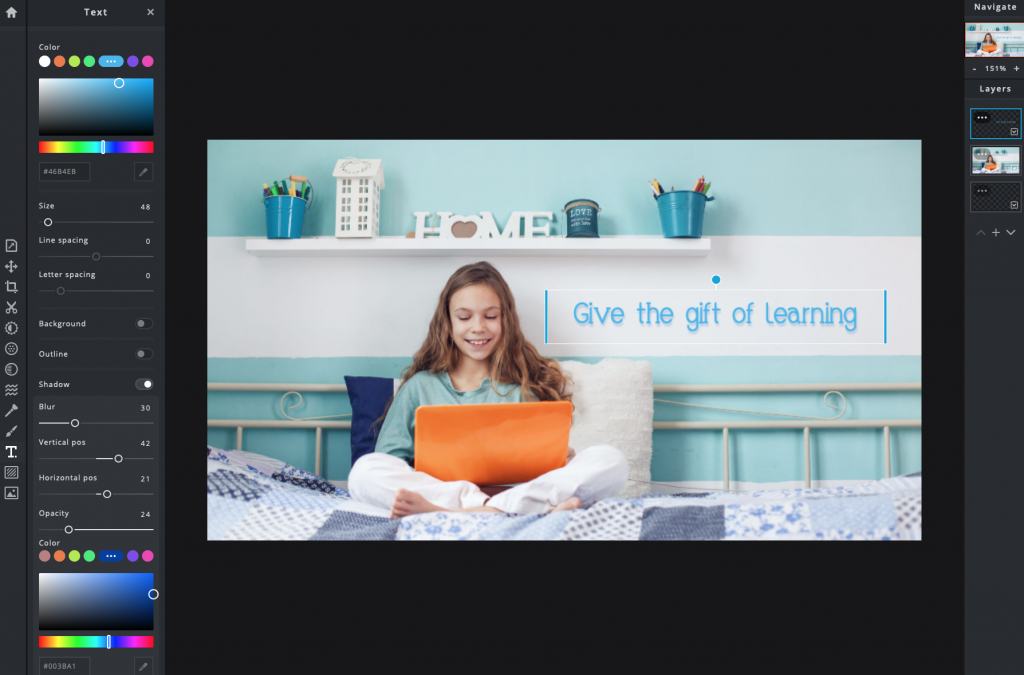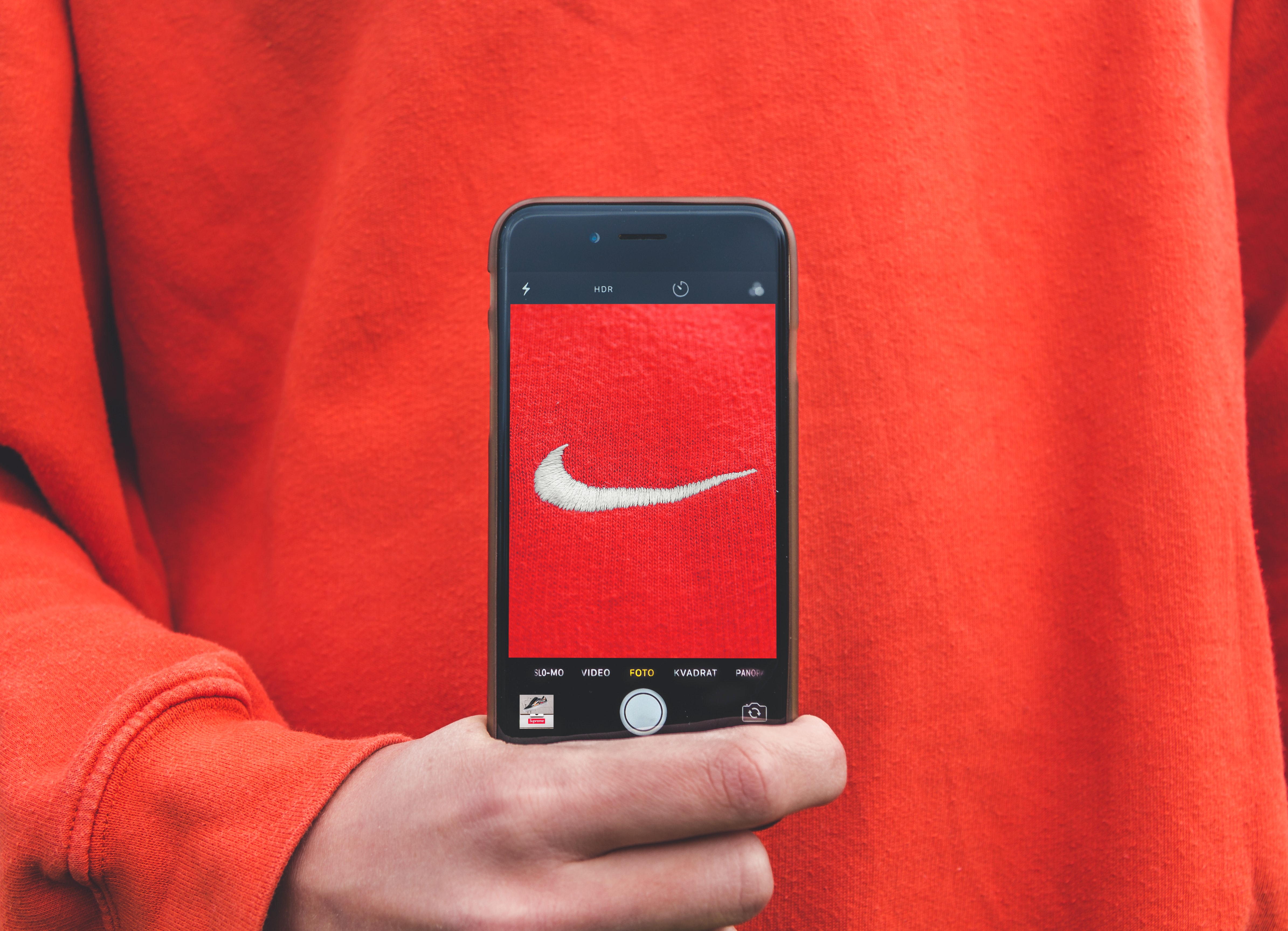In the graphics space, pretty much everyone knows the name “Photoshop.” It has become so intimately associated with photo editing software that people even use the name of Adobe’s ubiquitous product line to describe editing itself.
With its huge array of features, Photoshop is considered by many to be the gold standard for graphic design purposes. What you may not know is that there are dozens of free and paid alternatives on the market that can do pretty much everything Photoshop can, at a fraction of the cost, and often more easily.
For this article, we’ve compiled four of our favorite Photoshop alternatives based on their ease of use combined with the range of features that they offer, pricing factors, and the platforms where they can be accessed.
Why You Do and Don’t Need Photoshop
Part of what makes Photoshop such a popular editing software product is that it appeals to such a wide range of customers. There are numerous versions of it, from Lightroom to Photoshop Express. Each is aimed at a different user base, from the casual hobbyist to the design professional. Each version also comes with its own price tag.
While the interface is generally user-friendly, because it’s built to do so many things, the learning curve quickly becomes steep. The more advanced features take time, skill and instruction to learn.
Photoshop’s pricing scheme is also a turn off for many. The basic application (Photoshop plus Lightroom) costs about $10 per month, but the cost may skyrocket depending on the features that you need. For example, the full-featured version of Adobe’s Creative Cloud suite, which comes with 100gb in cloud storage and access to 20 different editing apps such as Dreamweaver, Illustrator and Character Animator, costs about $53 per month. Have any doubt is Adobe creative cloud worth its price or not, check StockPhotoAdviser latest article on Why is Adobe Creative Cloud worth its price?
Photoshop might be the most recognizable name on the market, but here are four alternatives that we think you should try if you’re looking to change things up.
1. Gimp
Gimp is a free, open-source application for Windows, macOS and Linux. It’s also one of the better alternatives to Adobe. Gimp is short for “GNU Image Manipulation Program.” And while it may be free, this powerful program can almost stand toe-to-toe with Photoshop as far as features and user experience are concerned.
Being an open source application, there are no fees or licenses involved. Gimp is community driven and highly customizable. Anyone with programming experience can modify the source code to add features or quality-of-life upgrades without issue.

Image source
As far as basic and mid-level features are concerned, Gimp can stand on its own two legs. Many of the tools, such cropping, layers and filters are on par with anything Photoshop offers, but at zero cost. The biggest drawbacks are with advanced features. With Gimp, you can’t work with CMYK color models, it does not employ non-destructive photo editing, and you can’t use third-party plugins.
CMYK color models are important because the onscreen color doesn’t always show up the way you want when printed on a white page. Working with CMYK allows you to more accurately represent your design in real life. With non-destructive editing, each change that you make to your original image can be easily reversed and does not fundamentally alter the source file for the graphic you’re working on. Without non-destructive editing, then, you risk having to redo your work from scratch if you ever want to roll back to an earlier starting point without compromising on quality.
2. Corel PaintShop Pro
Corel PaintShop Pro is the first paid offering on our list. PaintShop Pro makes no pretense about targeting the budget-friendly demographic. Photoshop’s pricing used to be simple but costly. You paid a one-time fee and it was yours to keep. Since igrating to the cloud and a software-as-a-service model, Photoshop’s pricing got far cheaper per month, but the company has also been criticized, since subscription fees can quicky add up.
Corel, on the other hand, has stuck with the one-time license purchase model. The basic version of PaintShop Pro is $80, free and clear. The full package costs $100. No matter which you choose, it is still cheaper than a year’s worth of Photoshop’s most basic offering.

Image source
As far as distinctive features go, this year’s release of Corel includes an AI-driven suite of HDR tools. Pretty much all the basic functionality that you’ve come to expect from a product like Photoshop is included with Corel. While the learning curve on Adobe’s products is less steep thanks to tutorials and customer support, both companies offer a very comparable product.
The only major negative to PaintShop Pro is that it is designed for use on Windows machines and does not work with any other operating systems at current.
3. Pixlr
If you’re looking for a simple-to-use alternative to Photoshop but like the price tag of Gimp, then Pixlr is a great alternative. Pixlr is a web app, meaning it only works online and using your browser to access it. Its biggest selling point is its ease of use.
Pixlr has a remarkably shallow learning curve compared to other photo editing software, especially if you’re used to Photoshop. Beginning a project is as easy as dragging an image from your PC or pasting a URL. The interface is clean with less clutter than any most Photoshop alternatives. As far as features are concerned, all of Adobe’s basic and mid-level tools are available with Pixlr.

Image source
A few of the more advanced tools, such as AI CutOut, the overlay library, and tutorial videos are locked behind a paywall (Pixlr E) but the free Pixlr X features are on par with slightly older versions of Photoshop, including:
- Layers
- Text overlays
- Filters
- Burn
- Blur
- Cloning
- Advanced color selection
Because it is a web app, Pixlr is perfectly suited for smaller-scale projects and businesses. Pixlr, however, does not support many key file types, has no online storage, and comes without tutorials or guides.
4. Photofox
There are so many great photo editing apps on the market that it can make it hard to choose the right one. That’s why so many customers default to the Adobe brand name. Unfortunately, a handful of the better alternatives, including PaintShop Pro, are only available on the web or for only some operating systems, leaving mobile users in the lurch.
That’s why Photofox, developed by Lightricks, might just be our favorite photo editing software. Because Photofox is mobile-only, it provides the perfect alternative to Photoshop made specifically for professionals and hobbyists on the go.
Essentially an update to the original iOS Enlight app, Photofox is specifically tailored for use on iPhones and iPads. The basic version is free and will give you a good taste of the app’s wide-ranging features. The paid version goes for $4 a month or $20 a year, making it a highly cost-effective answer to Photoshop.

Image source
With Photofox, you can take pictures and edit them all within the application. Like most iOS-based products, Photofox is easy to use, with a clean interface. Although it is designed for basic editing, the app comes with a full suite of advanced features, such as:
- Blending
- Layering
- Special effects
- Font libraries
- Background libraries
- Darkroom editing
With Photofox, you can take, color corrector full-on manipulate gorgeous visual compositions wherever you are without being tied to your desktop. Photofox is far and away our favorite Photoshop alternative, especially given the super low cost of entry.
In Summary
Photoshop might be the most recognizable name in the world of photo editing software, but there are dozens of low to no-cost alternatives on the market. It’s worth the time and research to find a better fit for your editing needs.
As far as free-to-use apps go, you can’t get much better than Gimp. For Windows users, Corel PaintShop Pro offers a full-featured app on par with Adobe. If you’re an iOS user, Photofox’s mix of sleek user interface and low price should make it your go-to photo editor.


